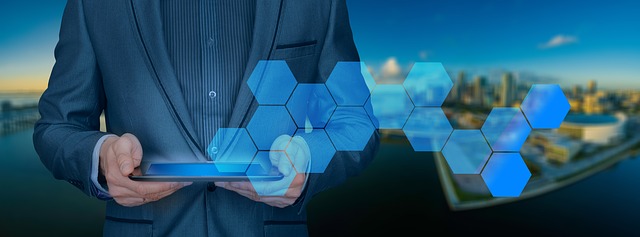
Everyone wants to know what tech’s next big wave will be, and when it will get here.
As Silicon Valley’s longest serving CEO, I think I can offer some viable prognostication.
“When” may be more important than “what.”
Foremost, be patient. We are in a tech industry up-cycle at present, and this wave needs to crest and fall before the “next big thing” can worm its way to the surface.
Tech industry up-cycles last between three and five years. From my industry, semiconductors, you can clearly see every cycle because our chips are required to make whatever products are the subject of any tech wave.
One current tech wave is composed of AI and IoT, both of which employ some specialized semiconductors as part of the product mix. This wave is about three years old, retarded ever so slightly by an eight-year recession (one that is thankfully behind us now). We have maybe another year or two left in the tech up-cycle.
Which leads to the inevitable down-cycle. In tech, down-cycles last one to two years, during which there will be plenty of merger and acquisition activity, but not much new in terms of ready tech with ready demand. Also, during this time, two types of tech vendors get very active: the established vendors creating new or augmented products for new markets, and disruptive startups who are inventing the “next big thing.”
IoT has not fully run its course, but in certain sub markets it is showing its stretch marks. Home digital assistants are commonplace, and the lack of utility on “smart appliances” leaves little in the consumer IoT space. The industrial side launched the IoT revolution and has made truly productive use of integrated machines. There is room for further commoditization, but (with the futures exception below) it has otherwise peaked.
Catching the next wave
Two aspects to life and industry as we know it involve connecting machines (presumably AI-driven ones) to the real world. This then means a growth industry in sensors.
Understand that sensors are nothing new, but they are finding their way into nearly every industry. There are sensors in corn fields, measuring soil hydration, temperature and even pest infestations. Medical devices monitor everything from your heart rate to sending videos from your GI track. Sensors are what make facial recognition on your smartphone (and luggage) possible, as well as monitoring radiation for treaty compliance.
But, we have only scratched the surface. As sensors advance, they find more applications. And as artificial intelligence (AI) advances and crunches through mountains of sensor-derived data, new ways of optimizing and controlling the anything expand. As far as the computer/world interfaces go, we are only at the beginning of integrating the real world with the digital world.
Let’s eat the elephant in the room first – autonomous transportation (and I expand the definition to include all modes of personal or freight transport, from cars to trucks, from cargo ships to personal heli-taxis). With many companies ready to launch autonomous vehicles on relatively predictable surface streets, the bigger problem will be making the same core technology work in more complex and unpredictable environments.
Part of the solution set is having more, and more complex, sensors – devices that can tell the difference between a roadside snowbank and a small child in a white parka. Sensors that can not only identify a flock of geese, but tell their flight direction and speed, and deduce the best plan for avoiding a midair collision. Ship hull sensors that detect changing channel conditions and obstacles (such as the notoriously shifting Astoria, Oregon sandbars) and dock a cargo ship effortlessly.
It is a small step to extend these sensors to more mundane tasks, such as the mote-level monitoring of the environment and how it affects short-term commerce and long-term human survival. As the industry tackles the enduring topic of coopetition through standardization of IoT and sensor design, we will enter an up-cycle where the question isn’t “What can we intelligently enable?” but “Why haven’t we enabled this-that-or-the-other-thing yet?”
Cycle, repeat
The tech industry has predicable cycles, at least in terms of scope and duration. We are riding a crest today, but face a retraction and re-prioritizing in the next year or two. Be ready for the next wave, and look ahead to how you can extend your company’s reach through the next-big-thing – machines that can see, smell, hear and touch the world as you do.
Originally published at Forbes
Comment (1)
-
Ray, This was a little techy for me but interesting . Doug C.
